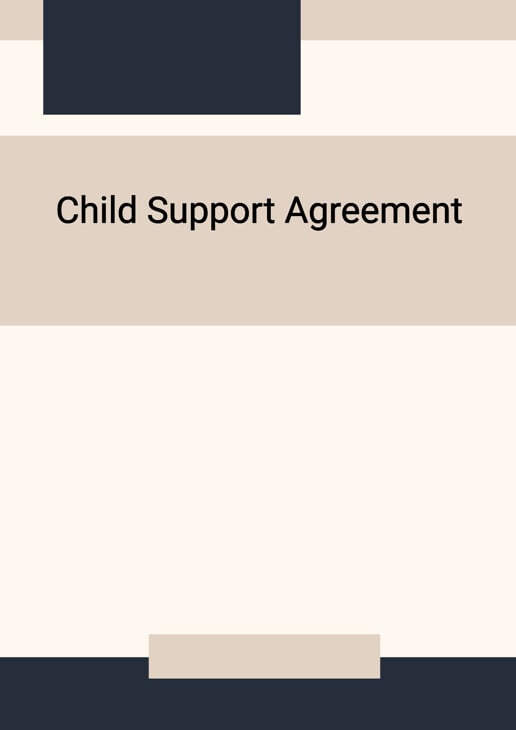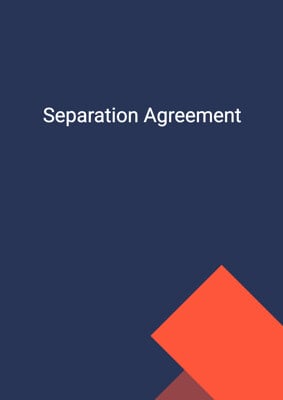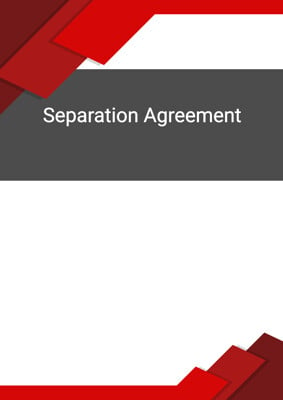
Child Support Agreement
Mother
A Child Support Agreement is between the parents to determine the amount and responsibility for child support payments. This is a modification to the Child Support Order passed by the court that the parents have agreed voluntarily due to a substantial change in the circumstances.
How to Tailor the Document for Your Need?
01
Create Document
Fill in the details of the parties. You can click the "Fill with Member’s Information" button to complete it with information saved to your account.
02
Fill Information
Please fill in any additional information by following the step-by-step guide on the left hand side of the preview document and click the "Next" button.
03
Get Document
When you are done, click the "Get Document" button and you can download the document in Word or PDF format.
04
Review Document
Please get all parties to review the document carefully and make any final modifications to ensure that the details are correct before signing the document.
Document Preview
Document Description
The Child Support Agreement is a legal document that outlines the financial responsibilities of the parents or legal guardians towards their minor child. This agreement is made between Party 1 (referred to as the 'father') and Party 2 (referred to as the 'mother'). The agreement begins by stating that the parties are the parents or legal guardians of the child, whose name and date of birth are provided. It is also mentioned that no other minor child has been born during the marriage.
The document highlights that there has been a child support order issued by the court, which is attached as Schedule 1. However, due to a substantial change in circumstances, the parties have agreed to modify the terms of the child support order. It is emphasized that the child support order will remain in effect until the changes proposed in this agreement are approved by the court.
The agreement consists of several clauses that outline the specific terms and conditions. Firstly, it states that the father will pay a specified amount of child support per month to the mother, starting from a particular effective date. The child support payments are to be made directly to the mother on the 1st day of every month.
Additionally, the father is responsible for all premiums and expenses related to medical and dental insurance for the child. The father is also obligated to cover reasonable expenses associated with the child's schooling, including tuition, books, supplies, and transportation.
The parties have agreed to revise the amount of child support due to certain reasons, which are not explicitly mentioned in the document. It is further stated that the father will continue to be responsible for child support payments, health insurance maintenance, and education expenses until the child reaches the age of majority.
The agreement acknowledges that the revised child support arrangement will only become legally binding once it is approved by a court order. It also includes provisions regarding the exercise of rights and remedies, the requirement for any variations to be in writing and signed, and the obligation of each party to take necessary actions to give full effect to the agreement.
The document concludes with a jurisdiction clause, stating that it is binding upon the parties and their legal representatives, heirs, administrators, executors, successors, and permitted assigns. It is mentioned that if any term or condition is held invalid by the court, the agreement will be interpreted as if such term or condition was not included. Finally, it is stated that this agreement supersedes any prior written or oral agreements between the parties and that it can be executed in counterparts, with each counterpart having the same effect as the others.
In witness of their agreement, both parties have signed the document on the specified date.
How to use this document?
Guidance for using the Child Support Agreement:
1. Review the agreement: Carefully read through the entire agreement to understand its provisions and implications.
2. Gather necessary information: Collect all relevant information, including the names and addresses of both parties, as well as the name and date of birth of the child.
3. Assess the need for modification: Determine if there has been a substantial change in circumstances that warrants a modification of the existing child support order.
4. Consult legal advice: If needed, seek legal advice to ensure that the proposed modifications comply with the applicable laws and regulations.
5. Draft the agreement: Prepare the agreement by including the revised child support amount, effective date, and payment terms.
6. Attach supporting documents: If applicable, attach any supporting documents, such as the existing child support order, as Schedule 1.
7. Obtain signatures: Both parties should sign the agreement in the presence of witnesses.
8. Seek court approval: Submit the agreement to the court for approval, as the revised child support arrangement will only be legally binding once approved.
9. Maintain records: Keep copies of the signed agreement and any court orders for future reference.
10. Comply with the agreement: Ensure that both parties fulfill their obligations as outlined in the agreement, including making timely child support payments and covering related expenses.
11. Communicate changes: In case of any changes or updates to the agreement, communicate them to the other party and seek necessary legal advice.
12. Review periodically: Periodically review the agreement to assess if any further modifications are required based on changing circumstances or the child's needs.
13. Seek legal enforcement if necessary: If either party fails to comply with the agreement, consult legal counsel to explore options for enforcement.
14. Keep confidentiality: Maintain the confidentiality of the agreement and avoid sharing sensitive information with unauthorized individuals.
15. Retain legal representation: If faced with any legal disputes or challenges related to the agreement, consider retaining legal representation to protect your rights and interests.
Not the right document?
Don’t worry, we have thousands of documents for you to choose from:



















